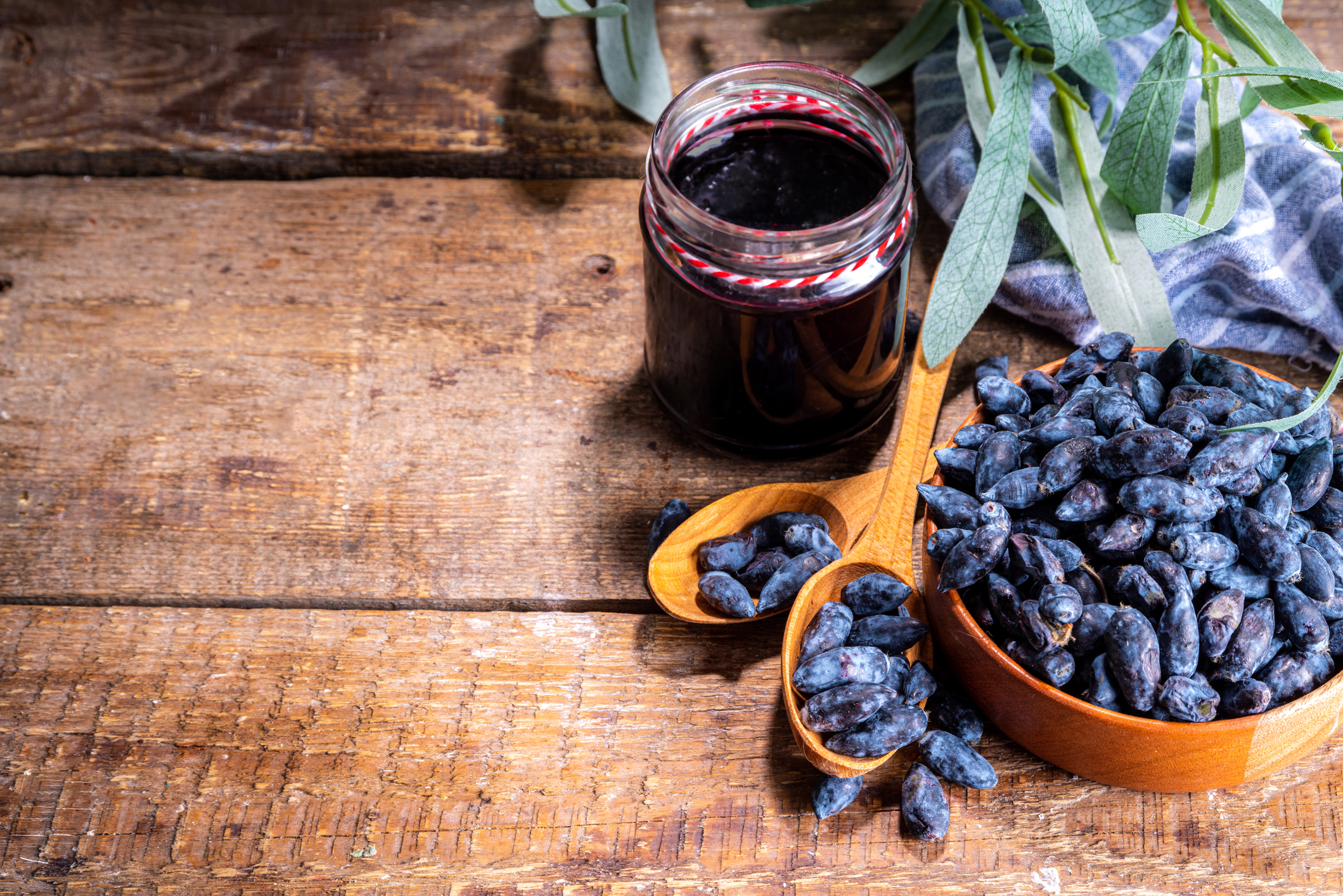

As we age, we build up more free radicals, those dangerous little molecules that have been linked to everything from cancer and Alzheimer’s, to wrinkles and sagging skin.
As the amount of free radicals we’re exposed to goes up, so does our need for antioxidants to combat them. In a healthy body, free radicals are eliminated before they can cause major damage.
However, advancing age and exposure to environmental toxins, plus things we know (and don’t yet know) of in our diets cause inflammation, and can leave the body without enough ammunition — antioxidants — to destroy free radicals.
From plant protection to people protection
Antioxidants work to protect plants from a host of diseases and problems, and when humans ingest the compounds in fruits, our bodies pull off a neat trick whereby those antioxidant plant nutrients confer that protection to us.
This makes fruit an excellent way to defend your body and cancel out the effects of aging and disease formation.
Here are a few little-known berries and how they can benefit you and give you a huge antioxidant boost:
Thimbleberry – This Western/northwestern fruit looks a heck of a lot like a raspberry, but it’s not. They were once an important food of the native tribes of the region and can be grown in your garden for yourself, or as a food for foraging wildlife if that’s your preference. They’re a little bit tart, rich in provitamin A and vitamin C and have traces of potassium, calcium and iron. A tea made from leaves and roots can be a tonic to treat stomach ailments as well.
Dewberry – This southern/southeastern fruit looks a bit like its cousin the blackberry but is smaller, and sometimes considered a weed. Mistake! They are ripe in April and May and are a bit more tart than blackberries. Dewberries have zinc, vitamin C and also vitamin K1. They are quite fibrous and have very high amounts of antioxidants and potassium content (great to eat when hiking to avoid cramps!).
Barberry – These tart berries can be found all over the world and are quite high in vitamin C, a valuable antioxidant. Did you know that if humans were to make vitamin C like other animals can (but we do not), we would make somewhere between 3 grams and 10 grams a day? Yes, you need more vitamin C.
Marlberry – Not to be confused with the mulberry, the marlberry (or marbleberry) is an evergreen shrub or tree that occurs naturally throughout central and South Florida. The marlberry’s purple fruit (it has one large inedible seed in the middle) has been described as “from bad to almost good.” But others say it tastes similar to blackberries and makes great jam.
Lingonberry – These cranberry-looking and delicious red fruits are the primary dietary source of anthocyanins and other antioxidants for folks living in frozen Scandinavia (think Nordic diet). They are quite high in antioxidant compounds (more than a day’s worth of manganese in ¾ cup) and also a bit of natural fat.
Salmonberry – Like a raspberry blackberry with a tart almost strawberry taste, this little berry, when dried, has powerful antioxidant and anti-inflammatory effects. They contain the rare vitamin K (for heart and artery health), loads of minerals (calcium, potassium, and iron) and a not-insubstantial dose of vitamin C and provitamin A.
Bayberry – Chinese Bayberries (bilberries) look a lot like blueberries, are unusual for a fruit in that they have b-vitamins, but also provitamin A (like carotene), minerals, dietary fiber, and very high levels of vitamin C. They are also a good source of the same antioxidants that give red wine its health benefits.
Chokeberry – The Aronia berry, AKA the chokeberry — because it can make your mouth pucker — has been used to make wine, jam, syrup, juice, salsa and even extracts and tinctures. Not only are these berries brimming with vitamins and minerals like potassium, zinc, vitamin C and several of the B vitamins including folate, but they have the highest ORAC values recorded among berries. ORAC is the measure of the antioxidant strength of foods.
One to avoid: The snowberry – No, not “snozzberry,” the fictitious fruit from Willy Wonka. In olden times, one or two of these small, white snowberries that look like little white apples were eaten by the Stl’atl’imx (natives of British Columbia) to settle the stomach after too much fatty food. Why? Because they’re a little bitter, and high in saponins, which causes a mild toxicity to humans that makes one vomit. Quite a way to clear the stomach!
Now, you may have a hard time finding most of these berries at your local market. However, some may be purchased freeze-dried or as berry powders online. Some studies indicate that freeze-dried or powdered—they still pack a nutritional punch.
However, if you lean more towards popular berries that are easier to find, you certainly can get your fill of antioxidant power in acai berries, blueberries, cranberries and pomegranate (yes, those fleshy red jewels are considered berries!).

